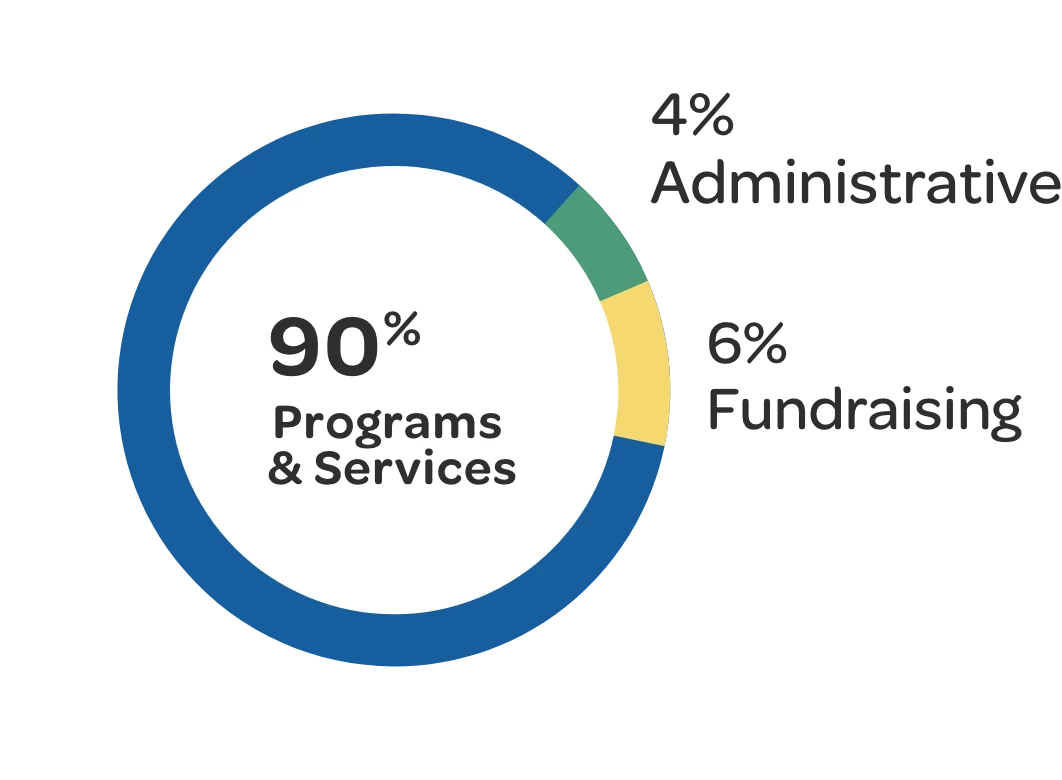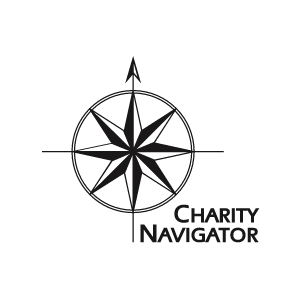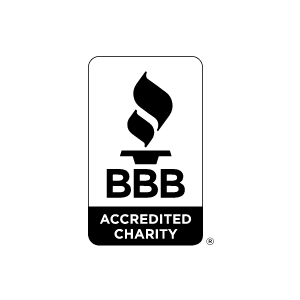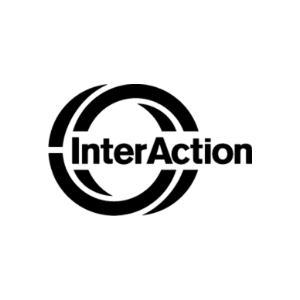The short answer
Ramadan ends either after sighting the new crescent moon that indicates Shawwal’s arrival, or after Ramadan’s 30th day, whether or not Shawwal’s new moon is sighted. Ramadan is the 9th lunar month of the 12-month Islamic Hijri calendar. Shawwal is the 10th Islamic lunar month. Islam’s lunar months cannot be shorter than 29 days or longer than 30 days.
When will Ramadan 2022 end?
The first day of Ramadan 2022 CE / 1443H is very likely Saturday, April 2, 2022, insha'Allah (see When Is Ramadan 2022?), according to astronomical calculation.
(1) Muslims can take the whole earth as a valid, unified place of sighting for all Muslims anywhere to begin and end Ramadan, and (2) we can use astronomical criteria to calculate the new crescent’s potential visibility above the western horizon at sunset. Based on this, the last fasting day of Ramadan 2022 CE / 1443H will likely be May 1, 2022.
That makes May 2, 2022, the likely first day of Shawwal and Eid al-Fitr.
Do some Muslims not accept the whole earth as valid for Ramadan moonsighting?
Yes. Some Muslims believe the better criterion is for each Muslim community to sight the moon on its own. In this case, they differ over what constitutes a “community.” Some believe it to be one metropolitan area of Muslims, others one region, still others a nation-state, or a continent.
That is one reason Muslim communities have tended to begin Ramadan and celebrate Eid al-Fitr — which marks Ramadan’s end — on different days.
What are the astronomical criteria used for calculating Ramadan moonsighting?
These differ among Muslims in the world. European and North American Muslim Fiqh Councils use the same astronomical moonsighting criteria, originally established by the European Council of Fatwa and Research (ECFR). (Fiqh means Islamic Law, and fatwa means legal ruling in Islam.)
The Muslim juristic group in America that has adopted this European Council astronomical criteria is the Fiqh Council of North America, which historically includes the U.S. and Canada, and not Mexico or Central America.
The legal, geographic, and astronomical calculation criteria these councils use is threefold:
Legally, they recognize astronomical calculation as an acceptable Shariah method for determining the beginning of all Islamic lunar months (others dispute this).
Geographically, they consider the entire globe a valid place of sighting for Muslims anywhere on earth to affirm and to base their Islamic calendaring on.
Astronomically, they use two lunar measures: elongation and moon height above the horizon. Both are measured in relation to the sun or sunset.
Lunar elongation, according to Moongazer.x10.mx, is “an angular measure of the east-west separation in our sky between the sun and the moon as seen from earth” (read more here).
As a reference point:
“At New Moon, lunar elongation is 0° and at Full Moon it is 180°. … [This is] the angle Sun-Earth-Moon, i.e. the angle at the vertex of the Earth-Sun line and the Earth-Moon line.”
The Muslim Councils set the new crescent’s elongation criterion for moonsighting at a minimum of 8 degrees.
They set the criterion for the crescent height above the horizon at a minimum of 5 degrees.
They say that “if these conditions are met, then it is certain that the moon is above the horizon. Hence, the new lunar month will start the next day. Otherwise [if these criteria are not met], it will start on the day following next.”
What is the contention of pro-moonsighters with these criteria?
The Prophet, on him be peace, said in an authentic (sahih) hadith multiply transmitted, which raises its veracity to indisputable:
Fast upon sighting the crescent moon, and end the fast upon its sighting. And should it be obscured, then complete 30 days of Shaban” (Bukhari and Muslim).
They argue that this does not authorize astronomical calculation at all — especially to determine the beginning and ending days of Ramadan, or any month — but only instructs Muslims to not go beyond a 30-day month for Shaban, if the sky is cloudy or otherwise obscured.
Muslims were as astronomically advanced (some would argue more so) — especially as a population — than we are today as a whole, both in knowledge and practice of determining lunar months by sighting and in astronomical understanding of the moon’s phases, orbits, etc.
Muslim scholars of Islam were very much aware of astronomical capacities for calculation — in fact, it is the Muslims that developed them — and Muslim astronomers were absolutely skilled in doing so. Still, many Islamic scholars, the majority, argued against its use for moonsighting, though they had this access and this was an issue at the time. They required sighting the crescent moon with the eye.
There are strong legal, linguistic, geographic, and astronomical-use scholarly arguments against calculation as an innovation in religion. This is what the Abrahamic communities of divine dispensation before us — that is, Jews and Christians — have fallen into. These Muslims who are against calculation fear our community is following them today with the widespread adoption of astronomical calculation.







